Architect Liz Diller on her wearable luggage for Prada

Liz Diller is playing with magnets. The architect, founding partner of Diller Scofidio + Renfro (DS+R), professor at Princeton University, designer of architecture made out of clouds and honeycomb concrete panels, recent opera producer, all-round MVP of the international architectural scene, and recent fashion designer for Prada, is trying to get her ‘Yoke’ to work.
The ‘Yoke’ – as she and Prada are calling one of two pieces DS+R recently prototyped for the fashion company – is a deceptively simple piece: a clutch-shaped bag (Purse? Piece of luggage? The lack of clarity is sort of the point) that can be opened up, its magnetised sections pulled apart to expand the interior space, and placed on the shoulders. It’s like a clutch backpack, or a stole with pockets, or a wallet that happens to stretch across the neck.
The piece is startlingly obvious – of course we should be using our shoulders to store our possessions – and totally unexpected: have you ever seen anyone wear a yoke? She puts it on over her fine dark sweater. The ‘Yoke’ rests against the back of Diller’s neck, slipping over her shoulders. She could put a wallet in there. Maybe a pen. Probably 17 pens. A notebook. A card carrier. Definitely an iPhone.
It’s a lot of stuff to put on your shoulders, but then again, that’s what the ‘Yoke’ aims to draw attention to. ‘I was really interested in the shoulders as a kind of unrecognised, heroic part of the body,’ Diller says. ‘The shoulders always take this abusive amount of weight,’ she adds, describing how she carries her huge laptop bag around with her all the time, and looking half-aghast at the brutality she inflicts on her own shoulders.
Diller met Miuccia Prada through a mutual friend early last year. In July, she was approached by Prada to produce two pieces for its second Invites series (previous participants include the Bouroullec brothers, Herzog & de Meuron and Rem Koolhaas). ‘I was really overjoyed,’ she says, to receive the commission, even though (or maybe because) the brief was vague, the only directive being to use Prada’s famed black nylon. The time frame was short and, by all indications, purposefully so. Diller and the two other participating architects in the series’ all-female line-up, Kazuyo Sejima and Cini Boeri, were all asked around the same time. ‘I think they thought of it as a moment of inspiration,’ Diller says of the compressed schedule. ‘On Project Runway you only have 30 minutes.’
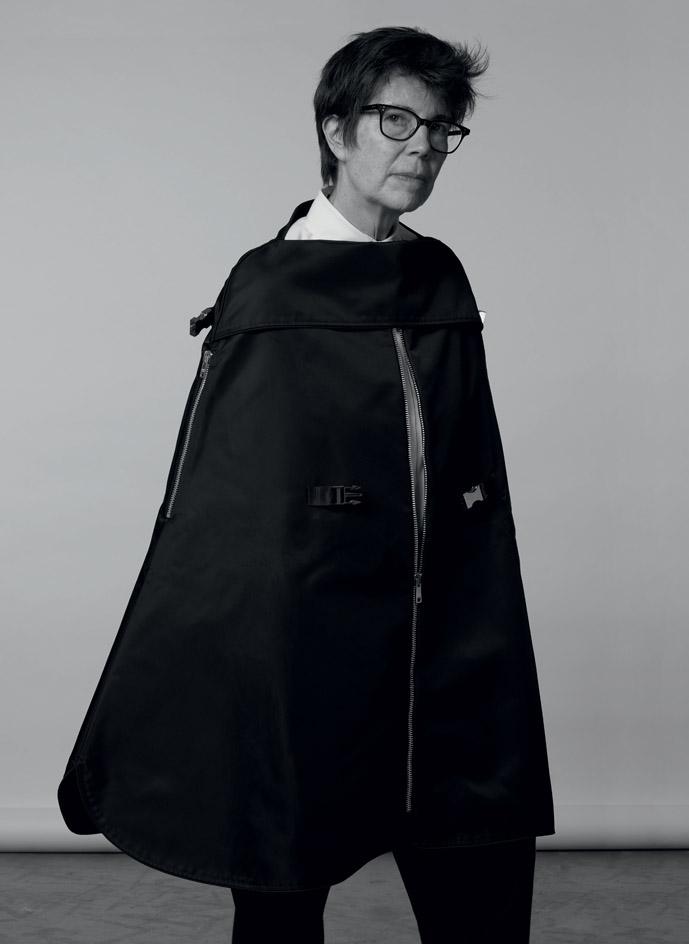
Liz Diller wears the 'Envelope', £1,950 – one of her two multifunctional designs for Prada
cinch it at the waist, into a dress. It was inspired by the structure of Victorian clothes, and by what Diller calls a ‘flirt’ between the categories of luggage and fashion. ‘I started to think about whether to make an accessory, or a piece of luggage, or a garment,’ Diller recalls. ‘And somehow “garment” and “bag” came together and it was just a little bit of a flash: why can’t we wear a piece of luggage?’ After some sketching, the team got thinking about how hangers are basically artificial shoulders. ‘We realised the obvious thing to hang from the shoulders is a garment bag,’ Kostopoulos says. DS+R produced its own prototype, and then Prada fully executed both pieces in nylon.
That iterative process was formalised in the labelling: the ‘Yoke’ has a line reading: ‘From: Elizabeth Diller / To: Prada’. Asked why they went with this epistolary move, Kostopoulos says it was an extension of the collaborative feeling, and also a way to honour the flurry of emails that went back and forth between DS+R and Prada. ‘Mrs Prada wanted all the collaborators to write a letter to her, and asked us to design a logo,’ he says. ‘We thought this was an easy way to describe the idea of a collaboration without doing the clichéd X.’
‘Both of these [items] are functional, that’s the starting point,’ Diller says, returning to the two delicately wrapped pieces in front of her. She outlines a perfect use for the finished garment bag: someone could wear it over a dress and raincoat on the way to the airport, where she could take it off, fold it up and carry it just like a light bag. That’s where the magic is for Diller: in the transitions.
That’s also where the collaboration fits into so much of DS+R’s work. Its projects are always in motion in some way, transforming between one idea and the next. The Blur Building, the practice’s reputation-making project for Swiss Expo 2002, was all about capturing a literal transformation – water vapour over a lake in Switzerland. Other transformative projects include Los Angeles’ The Broad museum (W*191 and W*199), which boasts a veil-like façade that makes it seem like it is always on the verge of winking at you, and most recently, The Shed arts centre, which opened on 5 April as part of Manhattan’s massive Hudson Yards development and features an outer shell that telescopes to change what the outside looks like and what the inside feels like.
And so the ‘Envelope’ and the ‘Yoke’ aren’t a departure from architecture for Diller. They’re just more conversations and iterations of the kind of work she’s always done. ‘I see the product of everything I do and my studio does as architecture, but at the edge of other art forms,’ she says. ‘When I do a building or a garment, I don’t see them as different; they’re just in a different scale in relationship to the body.’
As originally featured in the March 2019 issue of Wallpaper* (W*240)
Click to watch ‘From: Elizabeth Diller / To: Prada’. Pictured, the ‘Yoke’, £990, by Liz Diller for Prada
INFORMATION
For more information, visit the DS+R website and the Prada website
Receive our daily digest of inspiration, escapism and design stories from around the world direct to your inbox.
-
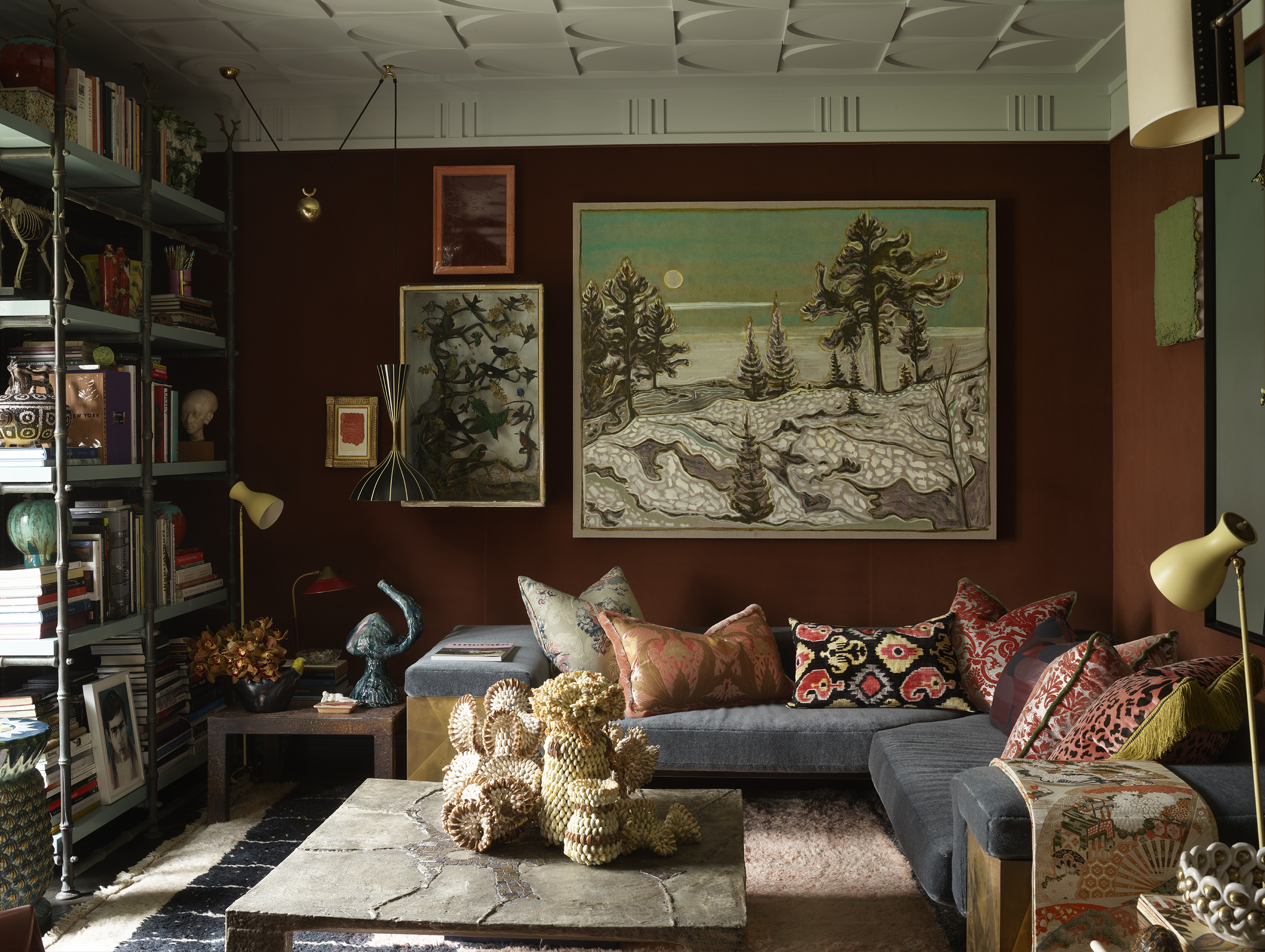 This designer’s Shoreditch apartment is ‘part grotto, part cabinet of curiosities’
This designer’s Shoreditch apartment is ‘part grotto, part cabinet of curiosities’The apartment serves as Hubert Zandberg’s ‘home away from home’, as well as a creative laboratory for his design practice. The result is a layered, eclectic interior infused with his personality
-
 Curvilinear futurism meets subtropical beaches at Not A Hotel’s ZHA-designed Okinawa retreat
Curvilinear futurism meets subtropical beaches at Not A Hotel’s ZHA-designed Okinawa retreatZaha Hadid Architects has revealed the design for the first property in Not A Hotel’s futuristic new Vertex collection, coming soon to southern Japan
-
 Gorden Wagener leaves the helm of Mercedes-Benz design after 28 years with the company
Gorden Wagener leaves the helm of Mercedes-Benz design after 28 years with the companyThe German designer is stepping down from the role of chief design officer at Mercedes-Benz. We look back at his influence and impact on the world of automotive and luxury design
-
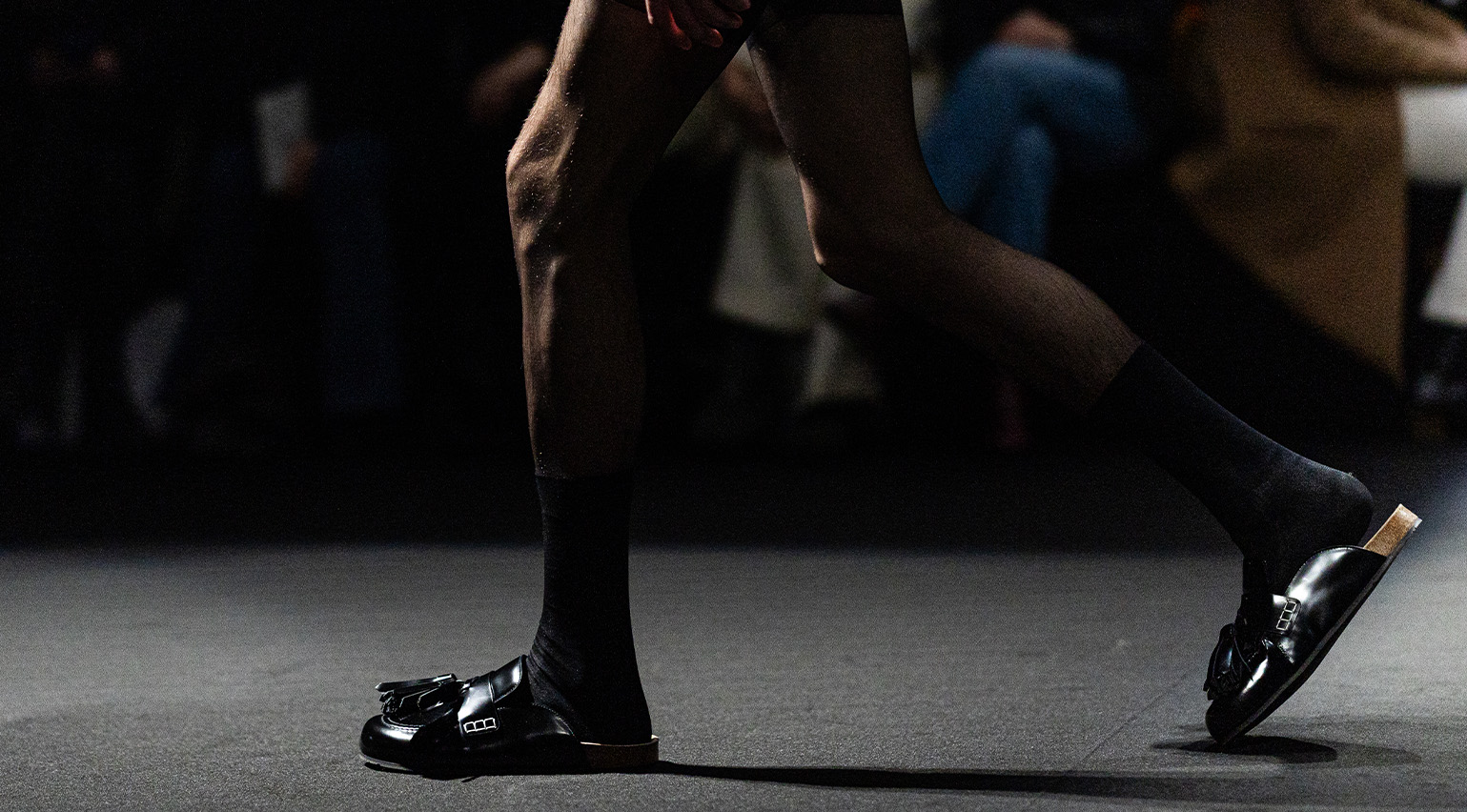 Why the slipper is set to be this season’s definitive men’s shoe
Why the slipper is set to be this season’s definitive men’s shoeWallpaper* fashion features editor Jack Moss unpacks the rise of the men’s slipper, which looks set to become this season’s most ubiquitous shoe. Plus, five styles to channel the slipper’s louche elegance in your own wardrobe
-
 The Wallpaper* S/S 2025 trend report: ‘A rejection of the derivative and the expected’
The Wallpaper* S/S 2025 trend report: ‘A rejection of the derivative and the expected’Wallpaper* fashion features editor Jack Moss unpacks five trends and takeaways from the S/S 2025 shows, which paid ode to individual style and transformed the everyday
-
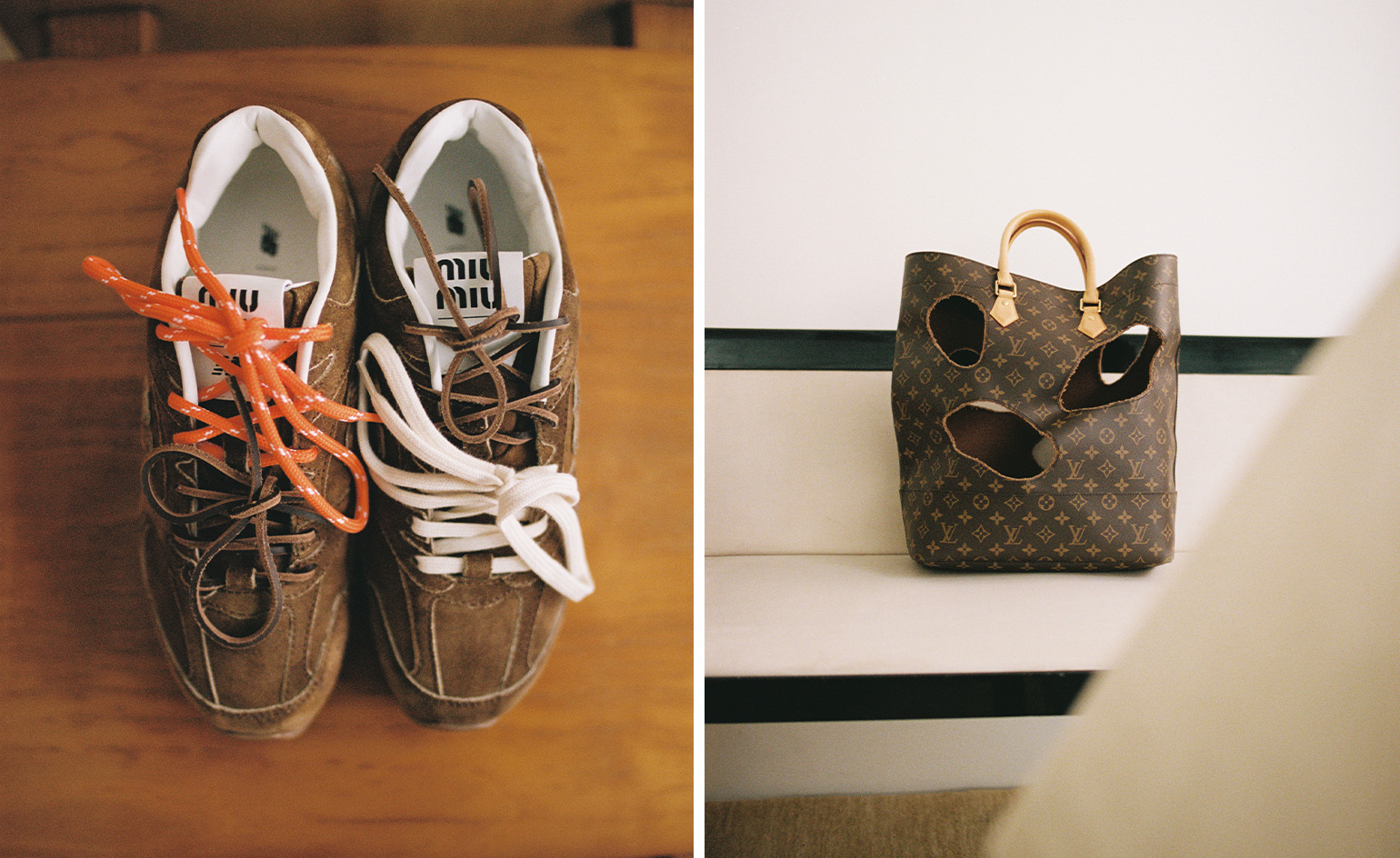 Sourcewhere is the app helping you find the rarest fashion grails
Sourcewhere is the app helping you find the rarest fashion grailsSourcewhere uses a network of experts and personal shoppers to source rare vintage and limited-edition fashion, from Phoebe Philo’s Céline to Margiela-era Hermès. Here, founder Erica Wright tells Wallpaper* why it’s reflecting a wider change in the way people shop luxury fashion
-
 In fashion: the defining looks and trends of the A/W 2024 collections
In fashion: the defining looks and trends of the A/W 2024 collectionsWe highlight the standout moments of the A/W 2024 season, from scrunched-up gloves and seductive leather ties to cocooning balaclavas and decadent feathers
-
 Women’s Fashion Week S/S 2025: what to expect
Women’s Fashion Week S/S 2025: what to expectNext week sees the arrival of Women’s Fashion Week S/S 2025, with stops in New York, London, Milan and Paris. Here, our comprehensive guide to the month, from Alaïa’s arrival in New York to Alessandro Michele’s Valentino debut
-
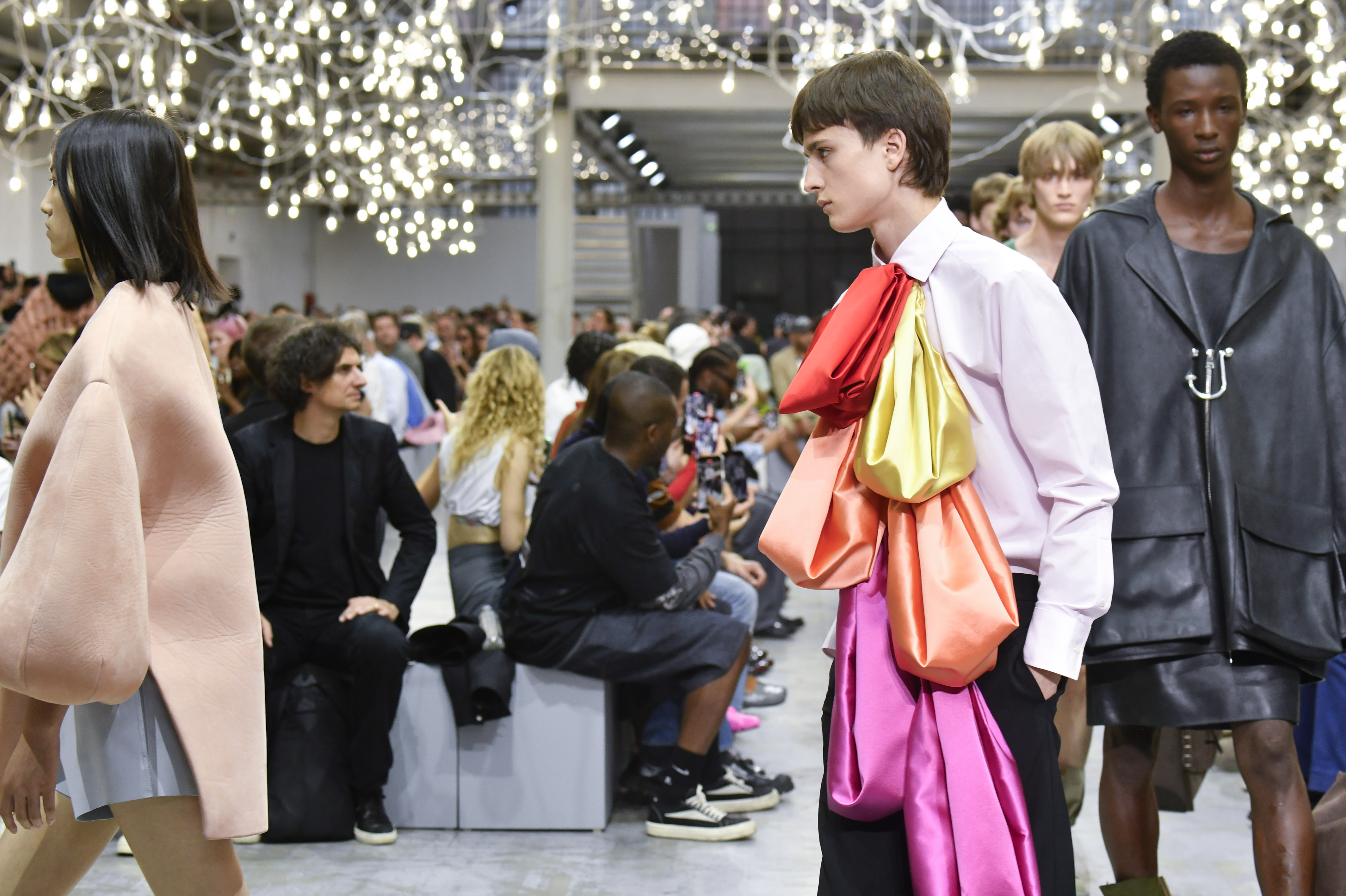 ‘Things are not what they seem’: Unpacking the S/S 2025 menswear shows
‘Things are not what they seem’: Unpacking the S/S 2025 menswear showsWallpaper* fashion features editor Jack Moss explores the trends and takeaways from this season’s menswear shows, from an embrace of ‘irrational clothing’ to couture-level craft and eclectic new takes on tailoring
-
 Revisiting the showstopping runway sets of men’s fashion week
Revisiting the showstopping runway sets of men’s fashion weekAs Men’s Fashion Week S/S 2025 draws to a close, Wallpaper* picks the season’s most transporting runway sets, from giant cats at Dior Men to a ‘fairytale ravescape’ at Prada
-
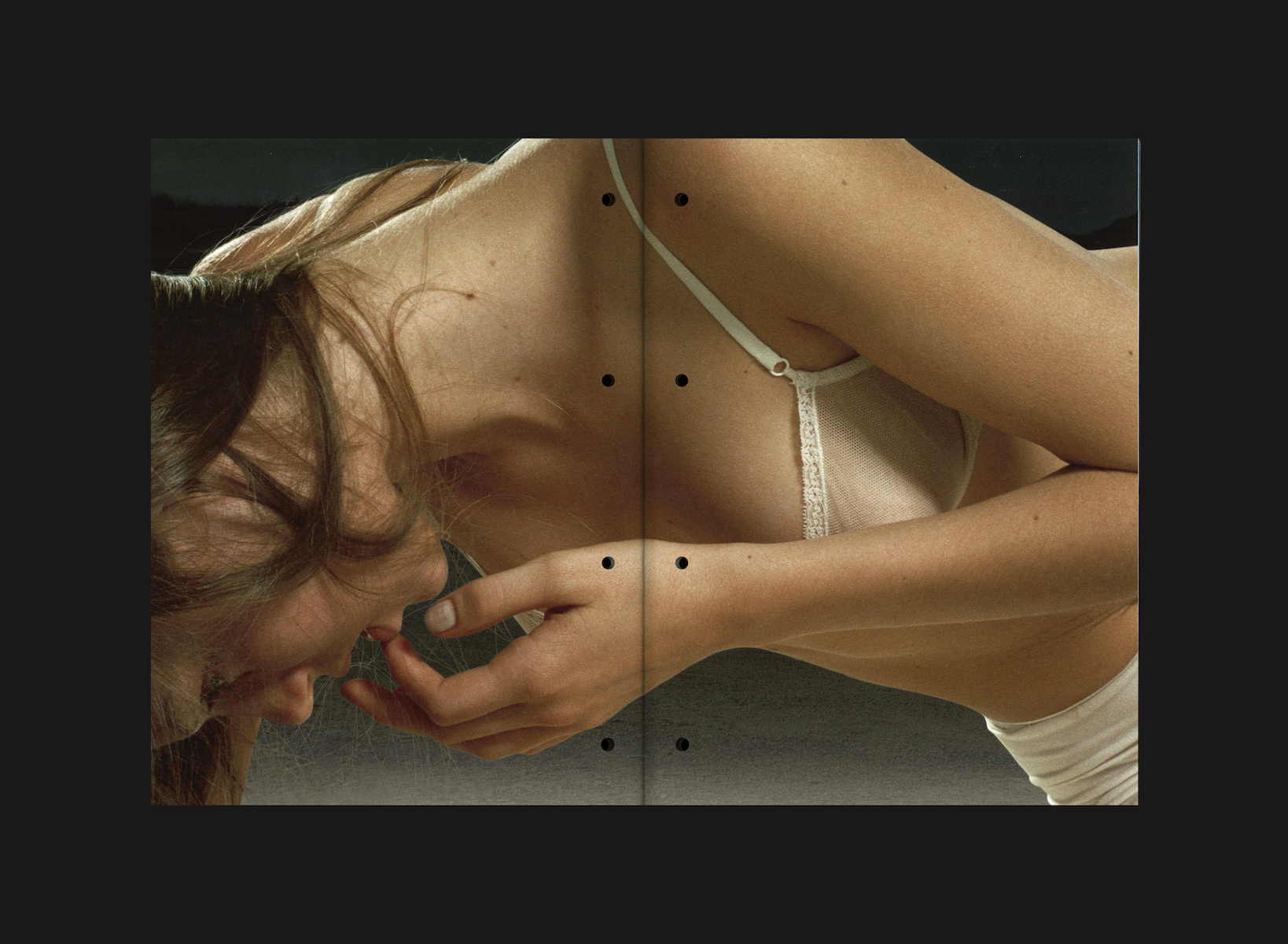 ‘Prada Archive 1998-2002’ documents the campaigns that changed fashion
‘Prada Archive 1998-2002’ documents the campaigns that changed fashionNew book ‘Prada Archive: 1998-2002’ features the photography of Norbert Schoerner, who captured some of the brand’s most memorable (and most-referenced) campaigns. Here, the image-maker tells Wallpaper* the story behind the book